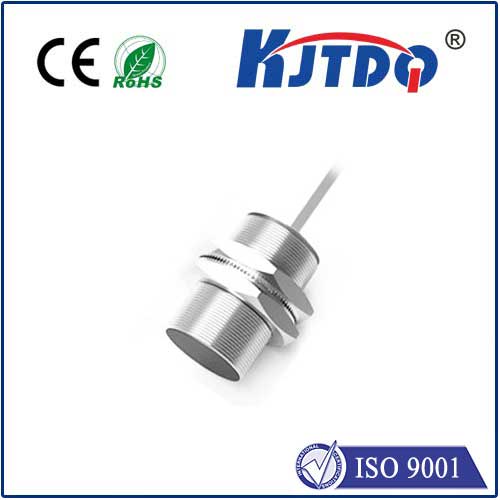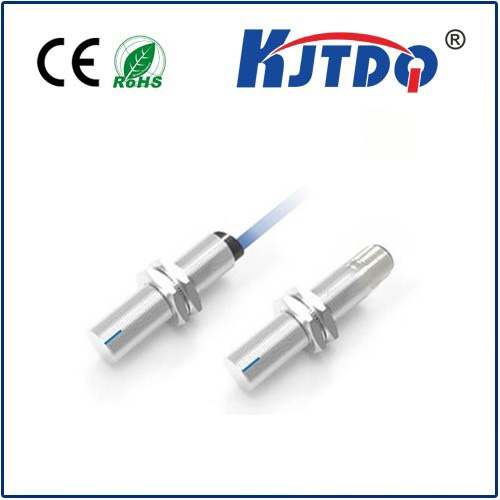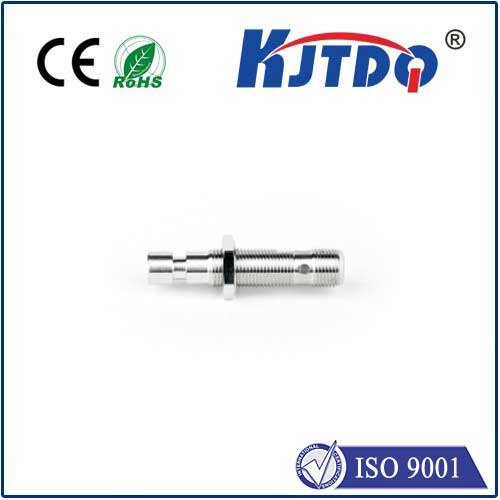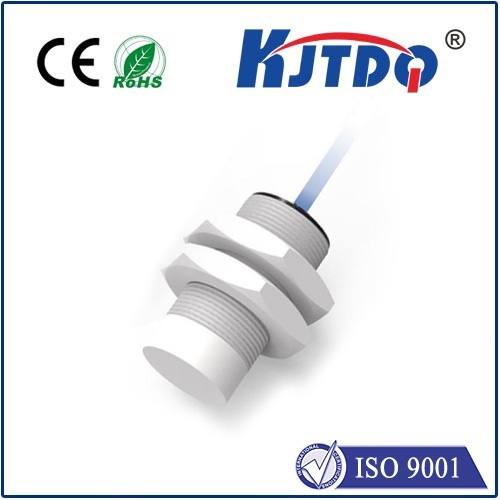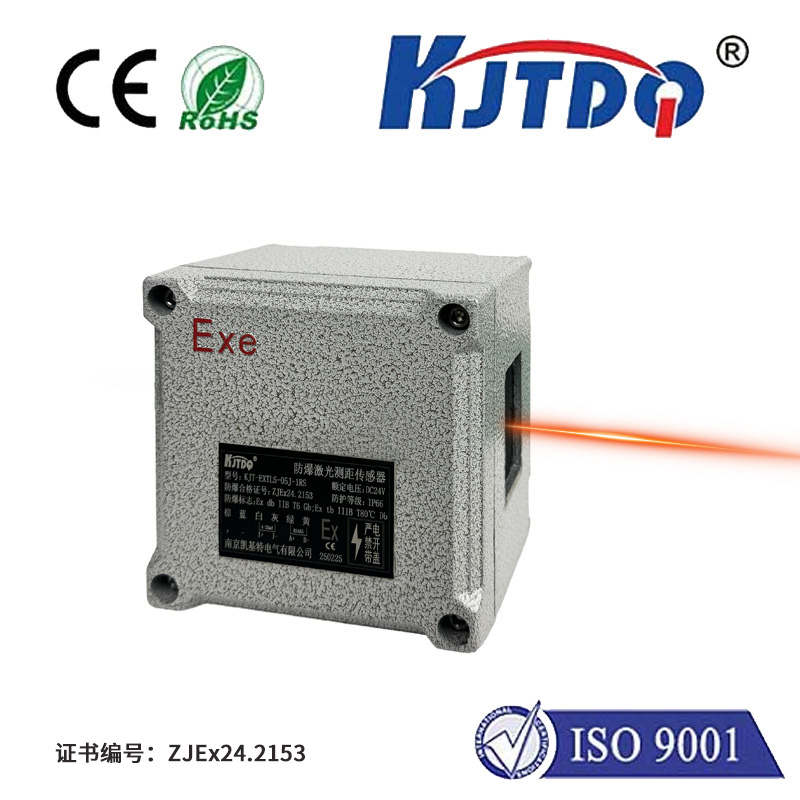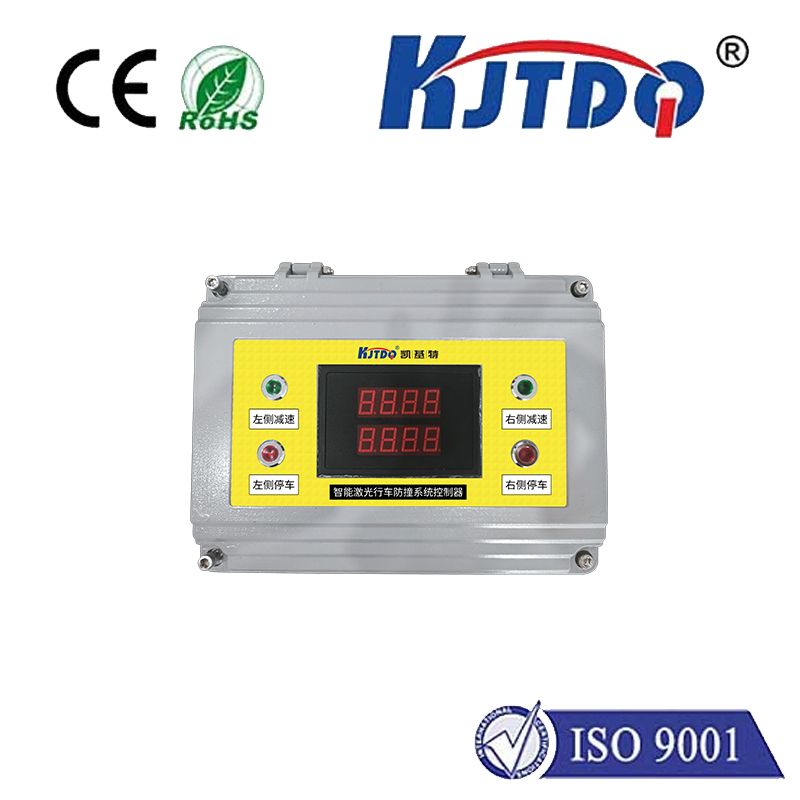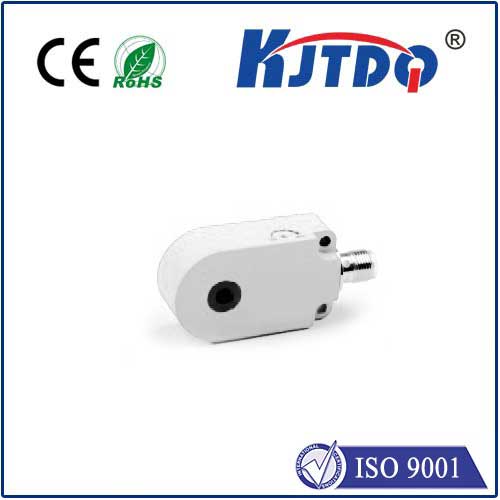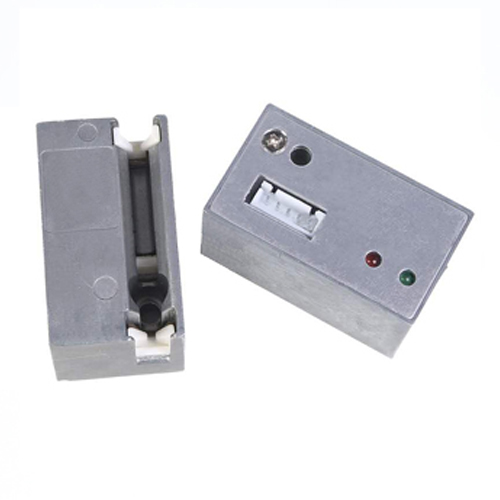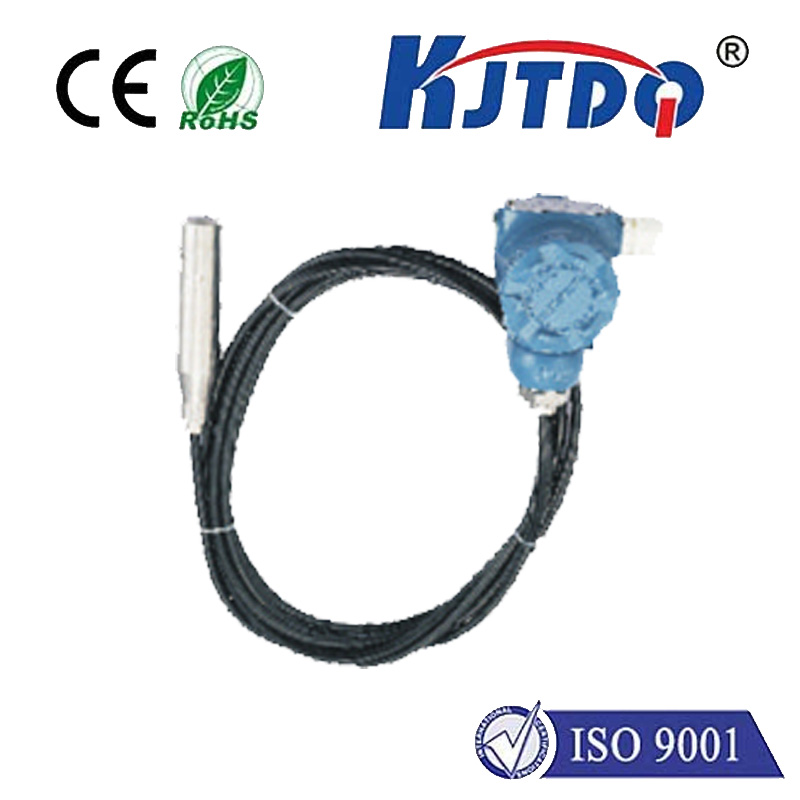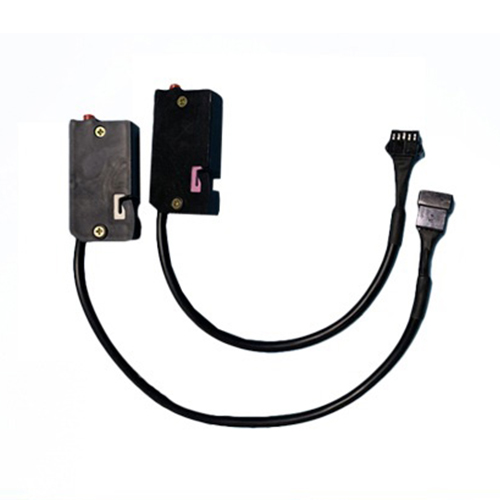

check

check

check

check

check

check

check

check

check

check

Title: Exploring the Fascinating World of Inductive Sensor Types In the realm of automation and sensing technology, inductive sensors are a vital component that enables machines to detect and respond to their surroundings. These sensors work on the principle of electromagnetism and are used in a variety of applications ranging from industrial automation to automotive systems. In this article, we will delve into the different types of inductive sensors, exploring their unique characteristics and uses. Heading 1: The Basics of Inductive Sensors Before we explore the various types of inductive sensors, it’s essential to understand how they work. Inductive sensors consist of a coil that produces an electromagnetic field when an electric current flows through it. When a conductive material enters this field, it induces a current in the material, which in turn generates its magnetic field. This change in the magnetic field is detected by the sensor, triggering an output signal. Heading 2: Proximity Sensors One of the most common types of inductive sensors is the proximity sensor. These sensors can detect the presence of metallic objects without making physical contact with them. They are widely used in industrial automation systems for tasks such as part counting, position measurement, and speed monitoring. Proximity sensors come in two main types: flush and non-flush. Flush sensors have a flat surface that is mounted flush with the surface being measured, while non-flush sensors have a pole or cylinder that extends away from the sensor body. Heading 3: Inductive Proximity Switches Another type of inductive sensor is the inductive proximity switch. These switches are similar to proximity sensors but are specifically designed to detect metal objects at a specific distance. They are commonly used in conveyor belt systems, where they can be used to detect when a product has reached a certain point in the process. Inductive proximity switches come in two main types: reed and capacitive. Reed switches use a magnet to activate a reed relay, while capacitive switches use an electric field to detect changes in capacitance. Heading 4: Vibration Sensors Vibration sensors are another type of inductive sensor that measures the vibration of a machine or structure. They are commonly used in machinery health monitoring systems, where they can detect abnormal vibrations that may indicate a malfunction or failure. Vibration sensors come in several types, including piezoelectric, strain gauge, and MEMS (microelectromechanical systems). Piezoelectric sensors generate an electric charge when subjected to mechanical stress, while strain gauge sensors measure the resistance of a material under stress. MEMS sensors use microscopic components to sense movement and vibration. Conclusion: In conclusion, inductive sensors are a crucial component of modern automation and sensing technology. They come in various types, each with unique characteristics and applications. By understanding the different types of inductive sensors, engineers can select the right sensor for their specific application, ensuring optimal performance and reliability.
